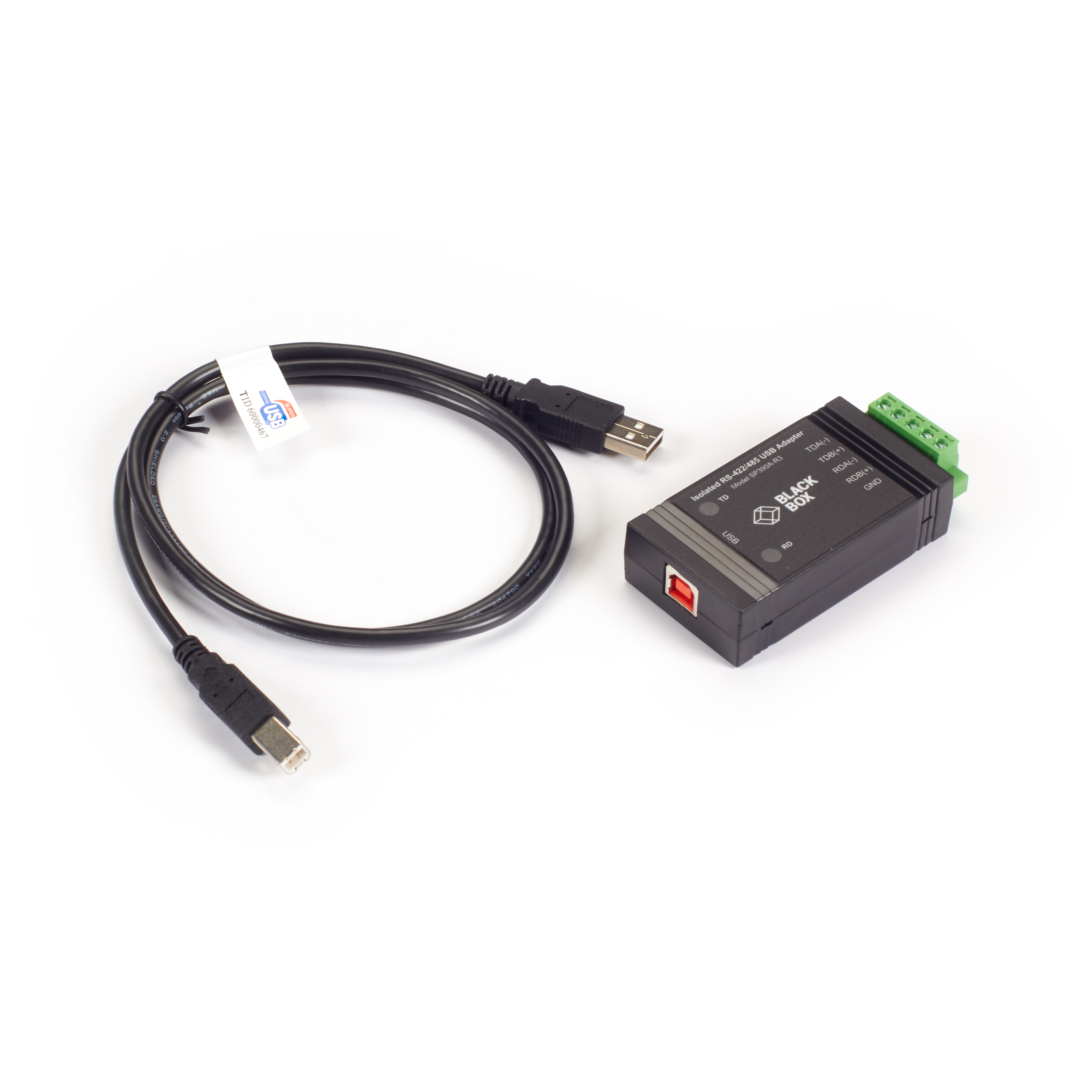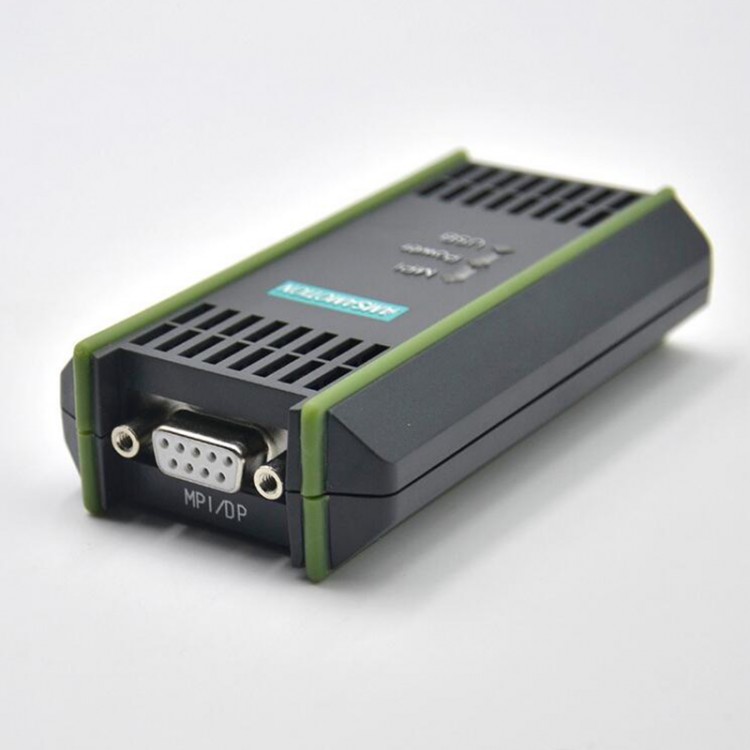
Without any other reference, I thought it sounded great.
Optical isolator usb mac#
Prior to getting the microRendu, I used a Mac Mini sitting in my audio rack as a music server, connected directly to my Schiit Gungnir DAC with an AudioQuest Diamond USB cable. I’ll share my own journey with the micoRendu as an example. And timing errors, most notably in the form of clock phase noise, would prove to be a key metric for digital streaming front ends. Without frills and frou-frou, what the microRendu did was remove a number of noise sources that degraded digital music reproduction, in addition to re-clocking the digital bitstream and thereby reducing timing errors. For the first time, here was a small computer and custom operating system purpose-built for streaming digital music files specifically for high-end audio reproduction. ) These components are purpose-designed to provide a dedicated interface for connecting with home computer networks to stream digital content, and they bring notable advantages (e.g., improved functionality, flexibility, and audio quality) over connecting a computer directly to a DAC or to integrated amps with digital inputs.Ī product that debuted a few years ago which raised the bar with respect to digital streaming was the microRendu network bridge, launched by Sonore and Small Green Computer in 2016 (reviewed in Issue 218). (See the article by Jeffrey Barish in The Absolute Sound at. Jump ahead about five years, and we’ve seen the development of the digital streamer and network bridge for high-end audio. It turned out digital streaming wasn’t, as many had initially thought, a bit-perfect stream immune to noise, but a system where everything mattered. It was also discovered that the USB receivers in computers were “dirty,” and that USB cables, which folks had mistakenly thought were only transmitting 0s and 1s, had a significant impact on audio quality.
Optical isolator usb code#
Gordon Rankin’s development of the Streamlength code showed the benefits of asynchronous (rather than isochronous) USB with respect to improved timing and the concomitant increase in audio quality. And, for many, the convenience of having hundreds or thousands of recordings readily available from an iPhone, iPad, or tablet outweighed any downsides with respect to “ultimate” audio quality.Īs we started connecting our computers directly to USB-capable DACs, however, we discovered that USB as a communications protocol and a digital interface had ”issues.” While USB was really convenient, it often didn’t sound quite as good as other types of digital connections, e.g., a SPDIF interface via coax. While the ultimate quality of reproduction was arguably not as good as with disc players or LPs, it was good enough in most circumstances. No longer shackled by physical media and disc players to provide digital content, a lot of folks, including me, started connecting computers directly to USB-capable DACs. The advent of asynchronous USB DACs and streamers about 10 years caused a revolution in digital music reproduction. This article discusses the foundation, advantages, and components of fiber-optical LAN connections for digital streaming front ends in high-end audio systems.


Copper Ethernet cables have been the traditional means for physical LAN-based connections, but recently, more audio companies and listeners are utilizing components that support fiber-optic-based connections.

While Wi-Fi-based connections can work well for transmitting digital files or streaming music files from service providers, most listeners are finding fewer dropouts, more consistent connectivity, and higher audio quality is obtained by using physical LAN-based connections. With the advent and rise of steaming music services (e.g., Spotify, Tidal, and Qobuz) in recent years, along with the ever-increasing use of music servers in conjunction with ripped or downloaded music files in lieu of traditional physical media, more and more audiophiles have come to rely on LAN-type network connections for providing content to digital components.


 0 kommentar(er)
0 kommentar(er)
